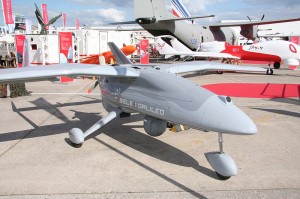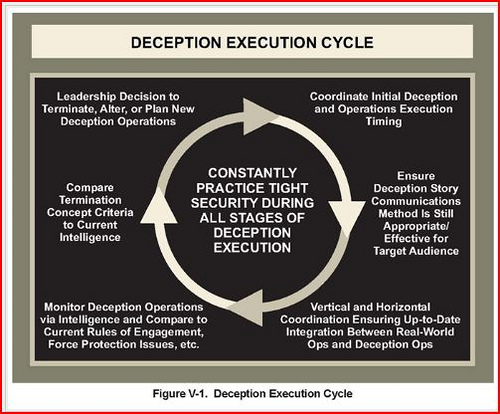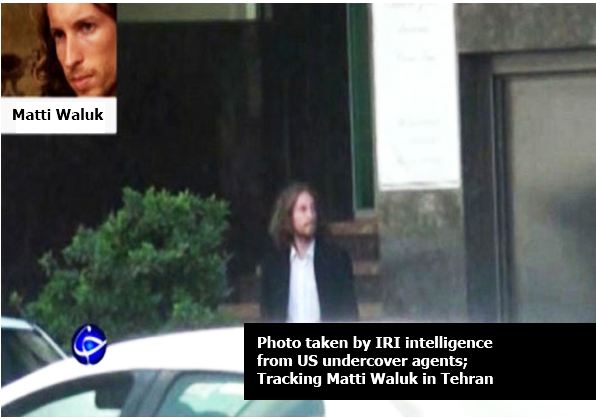Warrick Parrots US Documentation of Iran-al Qaeda Rift, Ignores Larger Iran-Saudi Arabia Context
Joby Warrick takes to the pages of the Washington Post again today in his primary function of regurgitating whatever points the US government wishes to make. In today’s installment, Warrick is repeating US statements on how Iran’s expulsion of Suleiman Abu Ghaith reveals a widening crack between Iran and al Qaeda, but by confining his report to the talking points he got from the government, he misses the larger context of how the Iran-al Qaeda issues fit into the overall propaganda battle between Iran and Saudi Arabia.
Here is the beginning of Warrick’s report (which he begins, of course, by crediting “US officials”):
Iran’s expulsion of a senior al-Qaeda official appears to signal a crackdown on the terrorist group that has long been granted safe haven within its borders, U.S. officials say.
Iran’s ouster of Sulaiman Abu Ghaith, a former al-Qaeda spokesman and the son-in-law of Osama bin Laden, marked at least the third time in the past year that a prominent al-Qaeda figure has left the country after living for years in a limbo between houseguest and home detainee.
U.S. officials and terrorism experts say the tougher stance appears to reflect growing tensions between Iran’s Shiite clerics and the Sunni Muslim terrorist group, particularly over the civil war in Syria, where they are backing opposing sides.
Despite the fact that the primary source of support for al Qaeda, as a “Sunni Muslim terrorist group” is Saudi Arabia, that country is never mentioned in Warrick’s report. Such an omission is especially glaring because Iran is producing much material right now in its ongoing propaganda battle against Saudi Arabia. The UN report on human rights in Iran released earlier this week provided much fodder for Iran’s propaganda machine. In the press release accompanying release of the report, the UN noted:
An independent United Nations expert today voiced serious concern about the general situation of human rights in Iran, pointing to “widespread and systemic” torture, as well as the harassment, arrest and attacks against human rights defenders, lawyers and journalists.
“The prevailing situation of human rights in Iran continues to warrant serious concern, and will require a wide range of solutions that are both respectful of cultural perspectives and mindful of the universality of fundamental human rights promulgated by the treaties to which Iran is a party,” said the Special Rapporteur on the situation of human rights in Iran, Ahmed Shaheed.
/snip/
At the same time, a “preponderance of reports” communicated to him this past year indicate that that the situation for individuals in Iran who advocate for the advancement of human rights, or those that document, report, or protest against human rights violations, is “grave and continues to deteriorate.”
People who defend the rights of women, religious and ethnic minorities, as well as those that work to advance protections for the environment, workers and children continue to be subjected to harassment, arrest, interrogation, and torture and are “frequently charged with vaguely-defined national security crimes, which is seemingly meant to erode the frontline of human rights defence in the country,” said the expert.
At Fars News, Iran is denouncing the report and Shaheed, blaming “terrorists” aligned with the West for fabrication. Remarkably, though, at Mehr News, Iran accuses Saudi Arabia of exactly the same offenses as the UN found against Iran, specifically the abuse and imprisonment of human rights activists: Read more →



